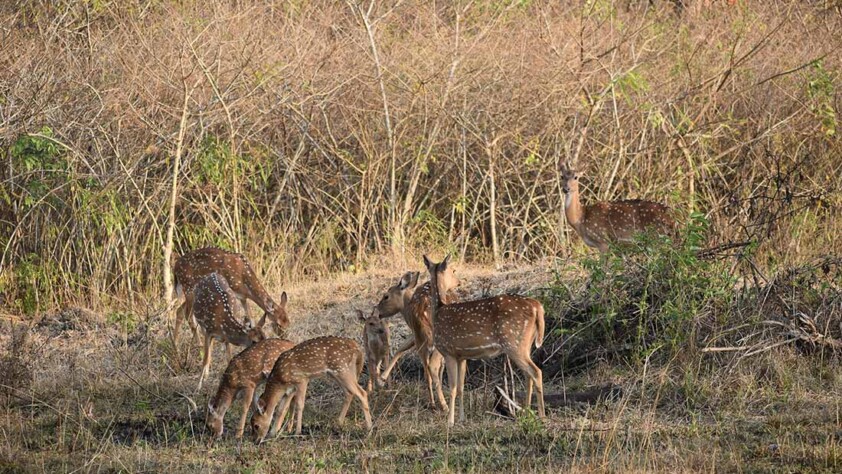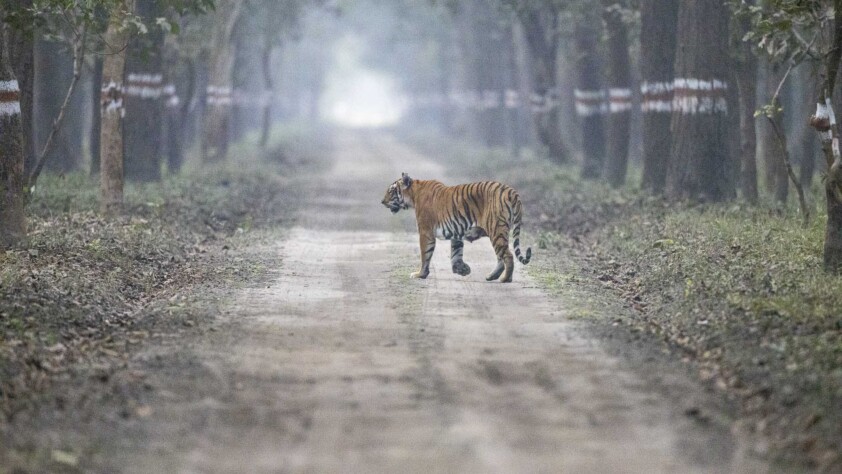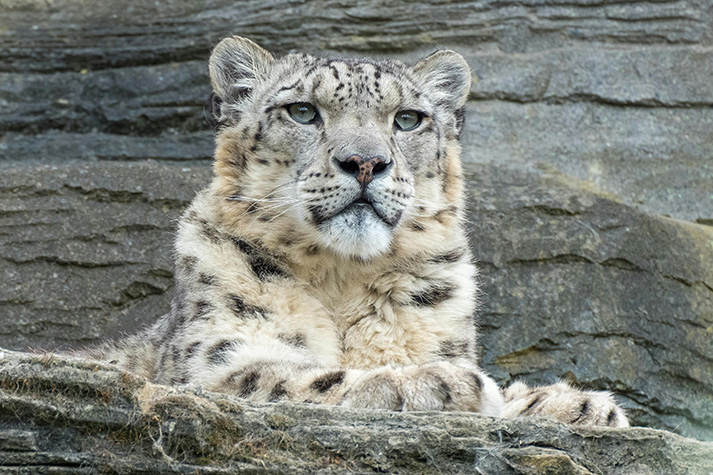
Snow Leopards : The Ghosts of the Mountains
The snow leopard, often referred to as the “ghost of the mountains,” is one of the most elusive and majestic big cats in the world. Found primarily in the high-altitude regions of Central and South Asia, India is home to a significant population of these magnificent creatures. In this blog, we will explore the habitat, behavior, conservation status, and the efforts being made to protect snow leopards in India.
Habitat and Distribution
Snow leopards in India are predominantly found in the rugged terrains of the Himalayas. Their range spans across the states of Jammu and Kashmir, Himachal Pradesh, Uttarakhand, Sikkim, and Arunachal Pradesh. These big cats thrive at altitudes ranging from 3,000 to 4,500 meters (9,800 to 14,800 feet) and prefer steep, rocky regions with sparse vegetation, which provide excellent camouflage and hunting opportunities.
Physical Characteristics
They are well-adapted to their cold and harsh environment. They have thick fur, a well-insulated body, and wide, fur-covered paws that act like natural snowshoes. Their long, flexible tails help them maintain balance while navigating rocky terrain and also serve as blankets to protect their faces from the cold when they rest.
Behavior and Diet
They are solitary and highly elusive animals, often seen alone except during mating season or when a mother is with her cubs. They are crepuscular, meaning they are most active during dawn and dusk.
Their diet primarily consists of blue sheep (bharal), Himalayan tahr, argali wild sheep, and ibex. They are also known to hunt smaller mammals such as marmots, pikas, and hares. In the absence of wild prey, snow leopards may prey on livestock, which brings them into conflict with local communities.
Conservation Status
The snow leopard is classified as Vulnerable on the IUCN Red List of Threatened Species. There are an estimated 4,080 to 6,590 snow leopards left in the wild, with India hosting approximately 500 of them. The primary threats to their survival include habitat loss, poaching, retaliatory killings by herders, and a declining prey base.
Conservation Efforts in India
Several organizations and governmental bodies are working tirelessly to conserve snow leopards and their habitat in India. Some of the key conservation efforts include:
1. Project Snow Leopard:
- Launched in 2009 by the Government of India, Project Snow Leopard aims to promote conservation through a landscape-level approach. It involves local communities in conservation efforts and focuses on scientific research, habitat protection, and mitigating human-wildlife conflict.
2. Snow Leopard Trust and Snow Leopard Conservancy India Trust:
- These non-profit organizations work with local communities to promote coexistence. They implement community-based conservation programs, provide livestock insurance schemes, and support sustainable livelihood initiatives to reduce dependence on livestock.
3. Wildlife Protection and Anti-Poaching Measures:
- Strict anti-poaching laws and increased patrolling in protected areas help curb illegal hunting and trade of snow leopards and their prey. Collaboration with local and international law enforcement agencies is crucial in this regard.
4. Habitat Restoration:
- Efforts are being made to restore and protect critical snow leopard habitats. This includes preventing deforestation, managing grazing practices, and creating wildlife corridors to facilitate movement between fragmented habitats.
5. Research and Monitoring:
- Scientific research plays a vital role in understanding snow leopard ecology and behavior. Techniques such as camera trapping, GPS collaring, and genetic analysis help gather data on population dynamics, distribution, and health, which inform conservation strategies.
Community Involvement
Local communities play a central role in snow leopard conservation. By involving them in conservation programs and providing incentives for protecting wildlife, these efforts help foster a sense of stewardship among the residents. Eco-tourism initiatives also provide alternative sources of income, reducing the reliance on livestock and encouraging the preservation of natural habitats.
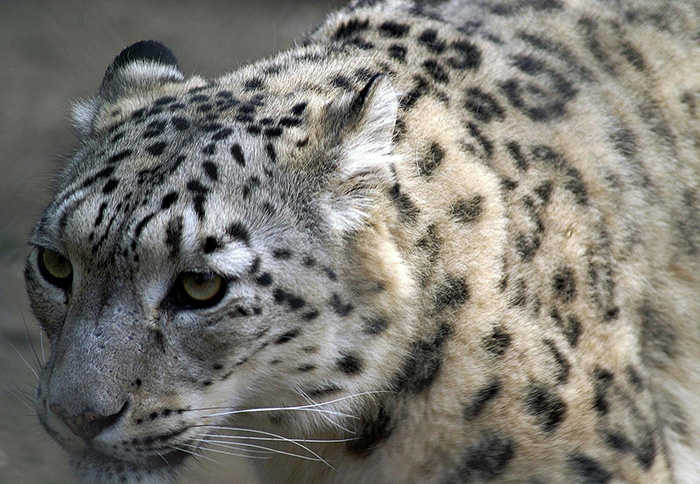
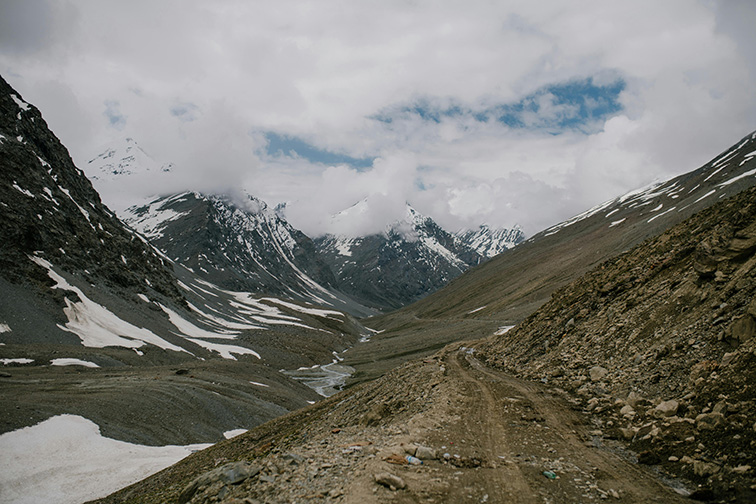

The Role of Technology
Advancements in technology have significantly enhanced snow leopard conservation efforts. Remote-sensing tools, satellite imagery, and drone surveillance aid in monitoring habitats and detecting illegal activities. Furthermore, the use of social media and mobile apps helps in raising awareness and mobilizing support for conservation initiatives.
Challenges and the Road Ahead
Despite the ongoing efforts, snow leopard conservation faces several challenges. Climate change poses a significant threat by altering the high-altitude ecosystems. Increased human activities, infrastructure development, and political instability in some regions further complicate conservation efforts.
However, the collaborative efforts of governments, non-profits, scientists, and local communities provide hope for the future. By continuing to focus on sustainable practices, habitat preservation, and community engagement, there is potential to secure a future for the snow leopards in India.

The snow leopard is not just a symbol of the Himalayan wilderness but also a crucial indicator of the health of high-altitude ecosystems. Protecting this enigmatic big cat requires a concerted effort from all stakeholders involved. Through continued dedication and innovative approaches, we can ensure that the “ghost of the mountains” continues to roam the snowy peaks of India for generations to come.

